I tested iPhone 16 Pro Max, Galaxy S25 Ultra, and more on a sunny day, and here’s the one I’d buy for outdoor photography
Megapixels don't matter if you can't see the camera
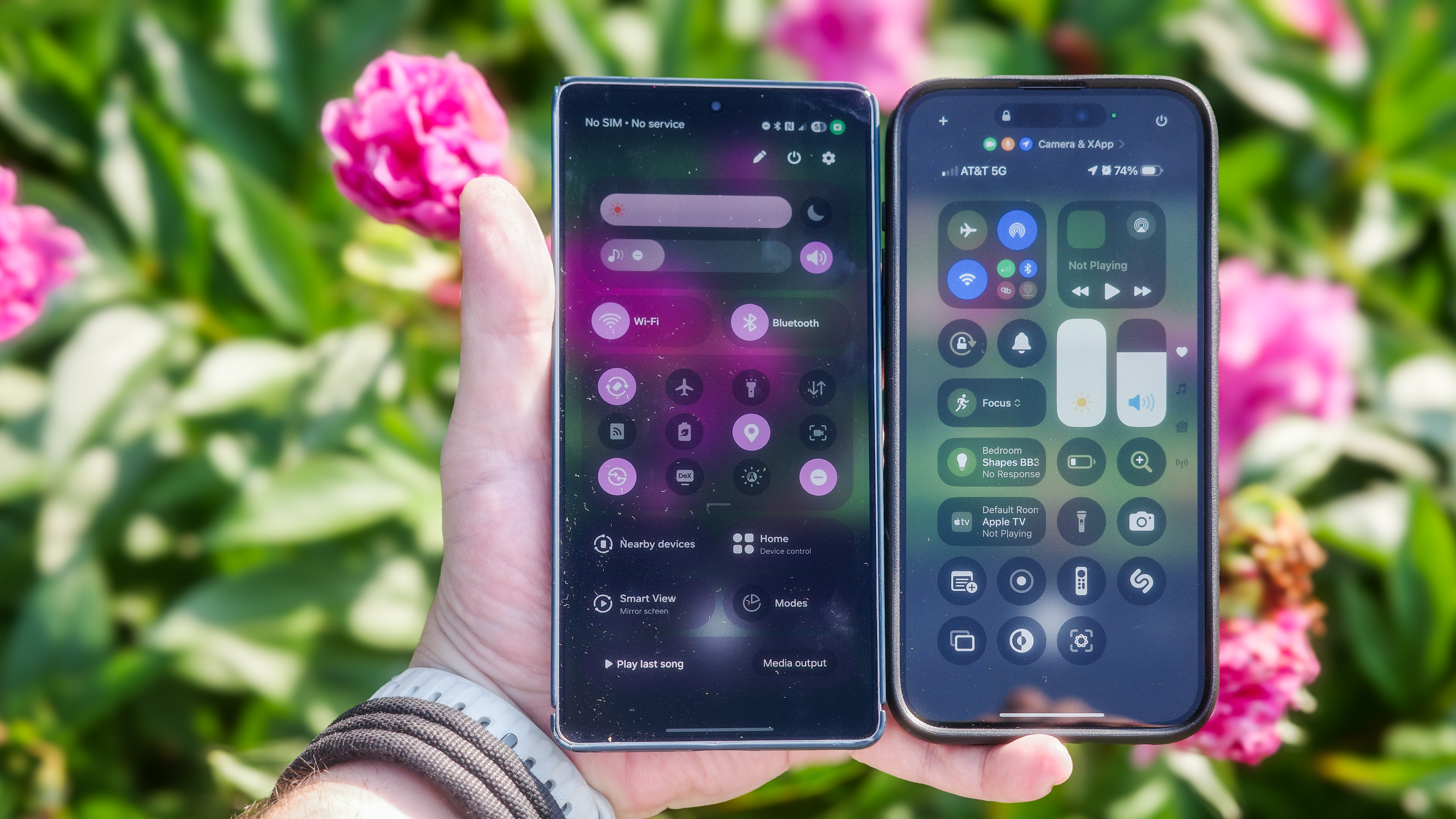
I review the best camera phones, and I spend a lot of time on spec sheets and photo comparisons, but photography starts with the viewfinder. In bright sunlight, a weak display can make photography a guessing game.
So I took the iPhone 16 Pro Max, the Galaxy S25 Ultra, the OnePlus 13, and the Pixel 9 Pro out on a sunny afternoon and compared their screens to see which makes the best Camera viewfinder.
Phone makers tell you how bright the display can get, but...
This should be an easy contest, right? Most phone makers tell you how bright their screens can get. Not so fast. Phone makers publish several brightness figures, including a typical level, a high-brightness mode, and a "peak" brightness that can push individual pixels to incredible levels.
The problem is that these numbers are theoretical. You won’t ever see the brightness level advertised.
We have tested all of these phones in Future Labs, under a variety of conditions designed to provoke the highest possible screen brightness. We use bright lights to simulate sunlight on the ambient light sensor, and we test the phones through every permutation of display settings. Our results don’t come close to what the phone makers promise.
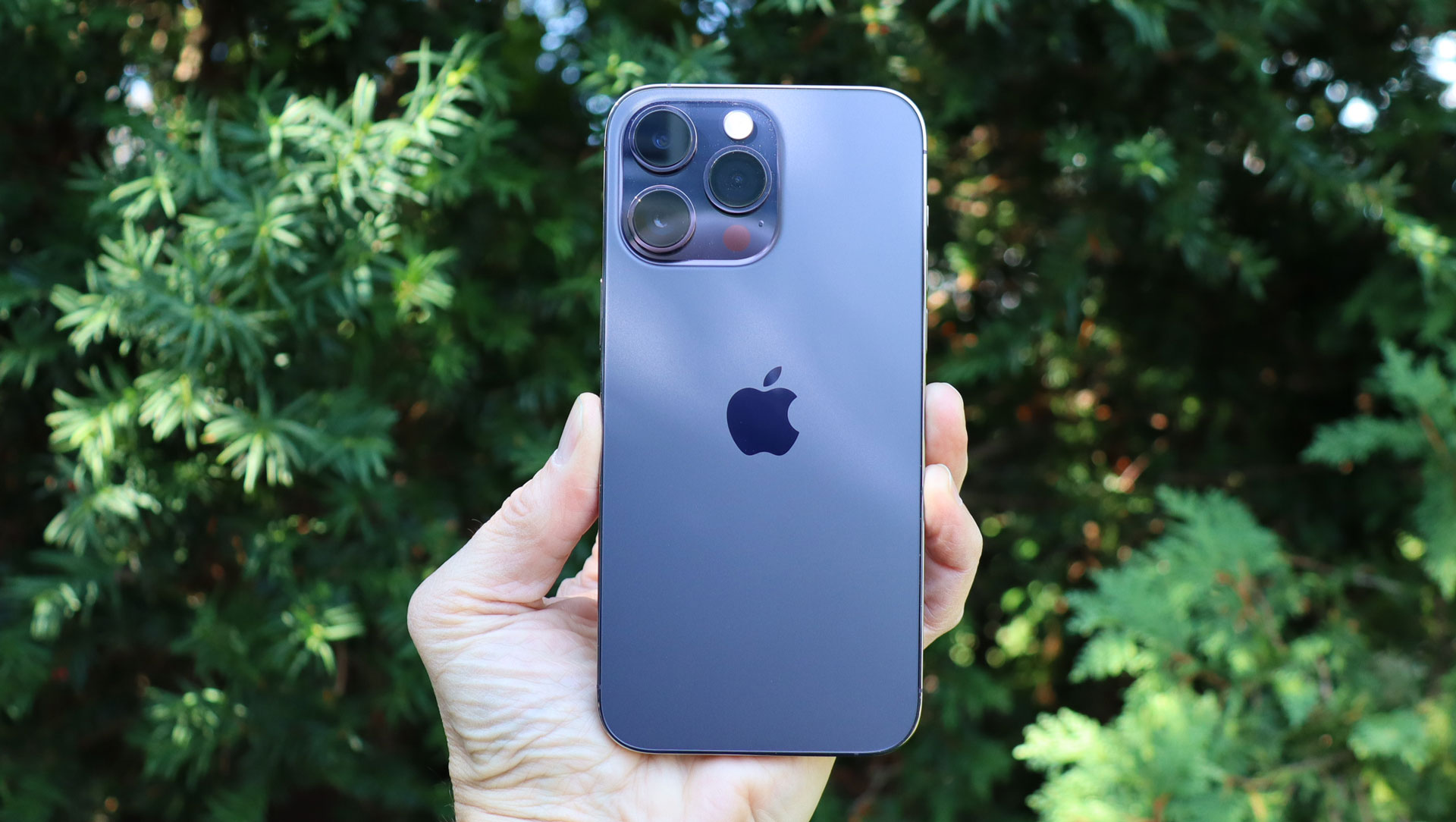
Apple says the iPhone 16 Pro Max can reach 2,000 nits in high-brightness mode. In our lab tests, the display crested 1,500 nits in HDR mode, and that was the brightest it could get.
Samsung claims the Galaxy S25 Ultra should hit 2,600 nits. In our tests, we recorded a maximum of 1,800 nits, and only by shining a flashlight directly on the light sensor.
Sign up for breaking news, reviews, opinion, top tech deals, and more.
The worst offender is OnePlus. It claims the OnePlus 13 can reach a peak of 4,500 nits. Won’t that much brightness cause eye damage? Don’t worry, we couldn’t get that phone to push even 1,200 nits of brightness under any lab condition.
Which phone is brightest? First I need to adjust the display Settings
Which phone actually has the best and brightest screen for taking photos outside? Instead of trusting the phone makers, I took these phones outside myself and compared them side-by-side.
Before I started, I leveled the playing field. I set all of these phones to the maximum brightness. I tested the phones with Adaptive Brightness turned on and off. When I found the best results for each phone, I graded my experience and took a photo with my Ricoh GRIIIx HDF camera.
In general, the phones were brighter with Adaptive Brightness turned on, but could occasionally slip into a weird behavior where the brightness faded. If you want the most control, turn that feature off, but for the brightest screen, it needs to be active.
Was the OnePlus 13, Pixel 9 Pro, iPhone 16 Pro Max, or Galaxy S25 Ultra the brightest?
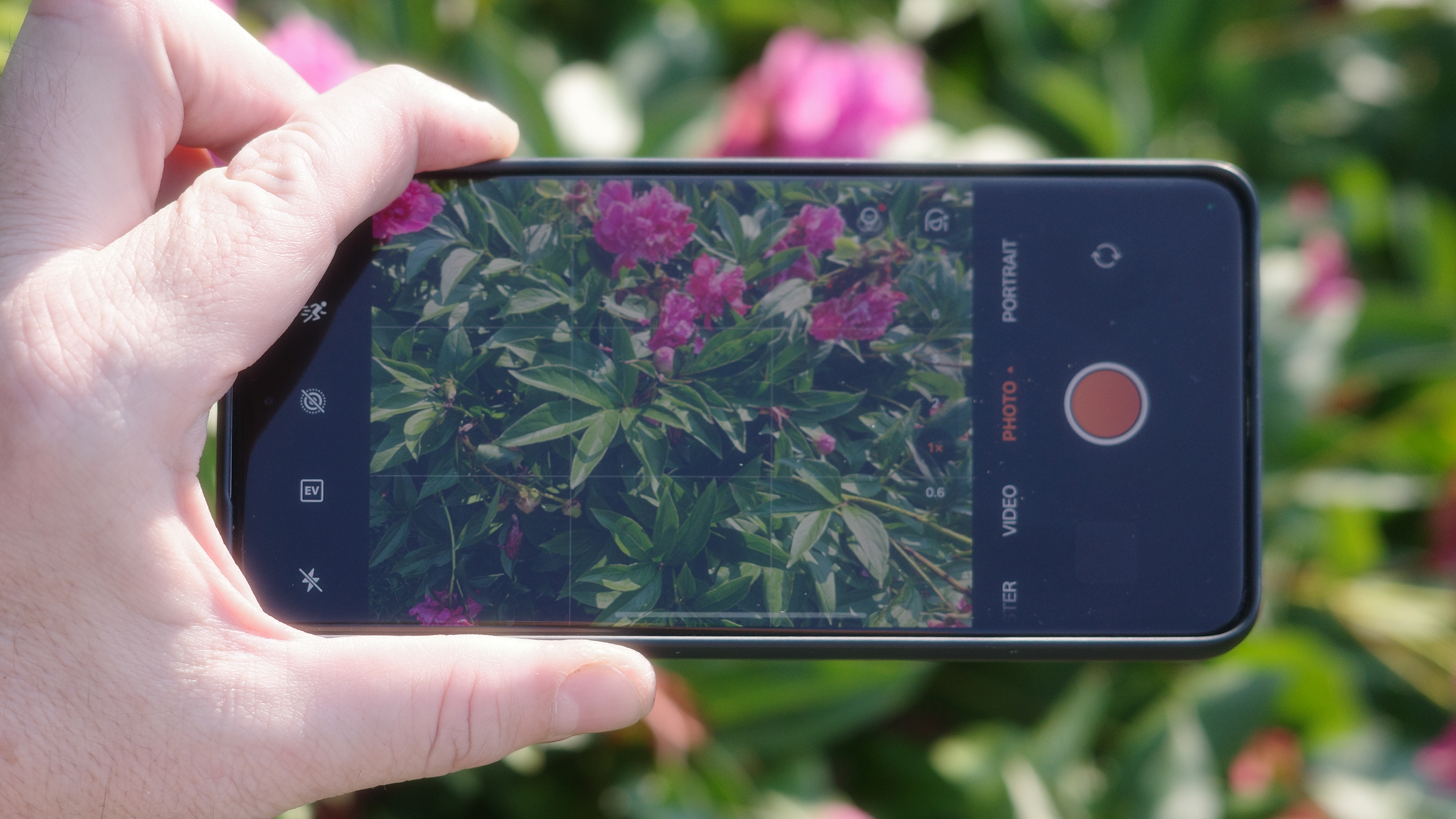
OnePlus 13

Google Pixel 9 Pro
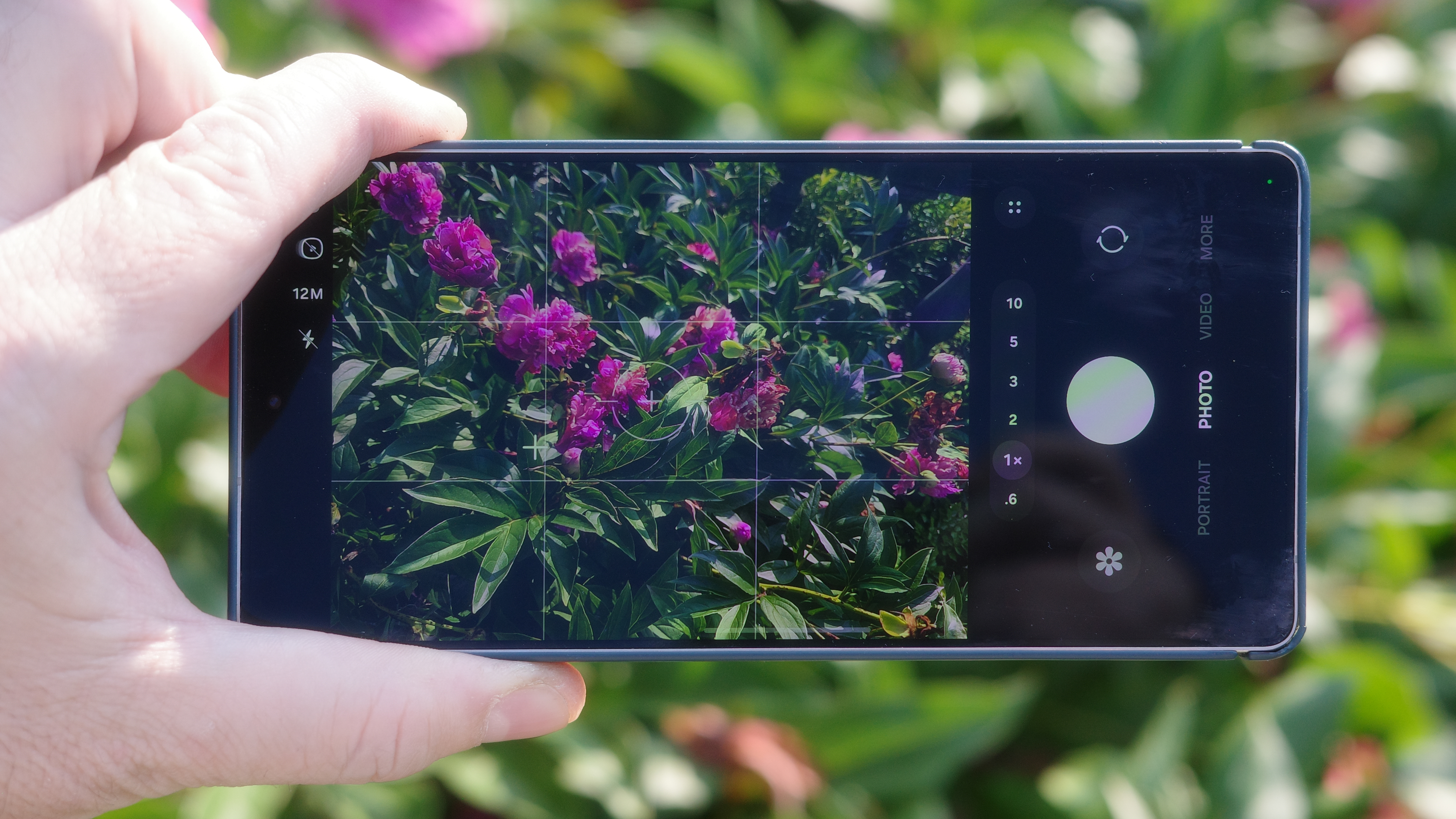
Samsung Galaxy S25 Ultra
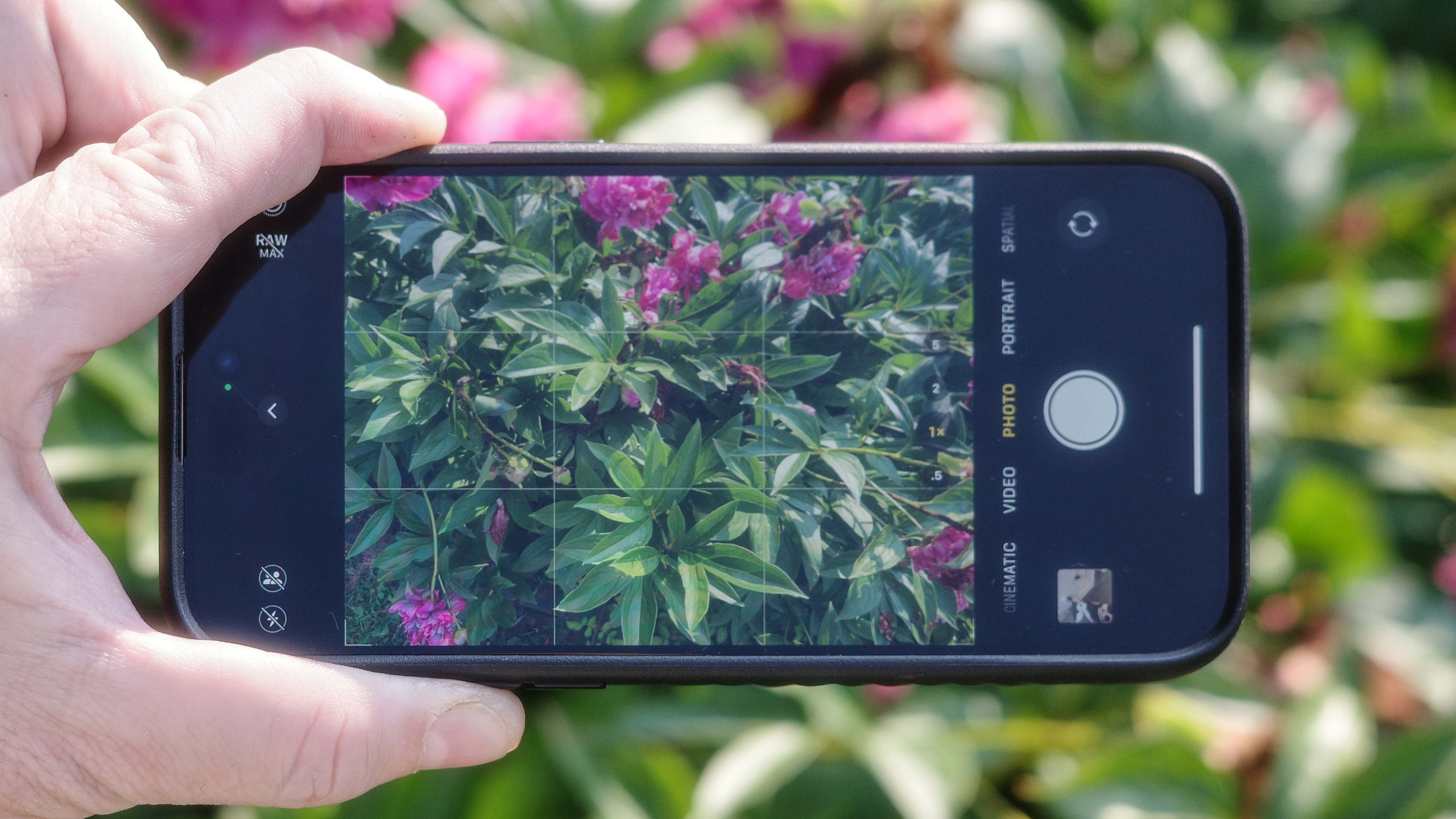
Apple iPhone 16 Pro Max
At the low end were the Pixel 9 Pro and OnePlus 13. These phones both got bright enough to take good photos and see my subjects pretty clearly, but they weren’t the brightest of the bunch. The screens were still much easier to see in sunshine than displays you’ll find on cheaper, mid-range phones.
The iPhone 16 Pro Max and Galaxy S25 Ultra were much brighter, and each has its own unique benefits.
The iPhone 16 Pro Max was simply the brightest and easiest to see. In direct sunshine, the flowers I was shooting looked crystal clear on the Camera viewfinder, and I could neatly line up my shots with elements in the background.
The Galaxy S25 Ultra looked extremely sharp, even sharper than the iPhone 16 Pro Max. It’s possible the higher resolution camera helps with sharpness on the phone’s display. The image did not look quite as bright, but there seemed to be more contrast and dynamic range on the Galaxy S25 Ultra.
The Galaxy S25 Ultra has an advantage in bright sunlight
The Galaxy S25 Ultra uses an anti-glare coating, and you can really see the difference it makes. Samsung doesn’t offer many details about it, but it dramatically reduces reflections in bright sunlight. Even if it isn't obvious in my hands-on photos, glare and reflections almost completely disappear from the Galaxy S25 Ultra's display.

During my tests, I was wearing a grey shirt with the Blockbuster Video logo, and it was distracting when I was shooting with the iPhone 16 Pro Max. I couldn’t see it at all when I was using the Galaxy S25 Ultra.
Therefore, if you’ve been bothered by glare or you wear bright, colorful clothes that get in the way of your Camera view, I would suggest the Galaxy S25 Ultra. Its anti-glare properties are a compelling benefit that makes the phone a top contender.
On the other hand, if you just want the brightest possible phone screen on a sunny day, the iPhone 16 Pro Max is the brightest, and it was easier to see my subjects on the Camera viewfinder.
Ultimately, the Galaxy S25 Ultra, with its clarity and anti-glare coating, is the better choice for serious photographers, but the iPhone’s brightness can’t be ignored.
You might also like...

Starting more than 20 years ago at eTown.com. Philip Berne has written for Engadget, The Verge, PC Mag, Digital Trends, Slashgear, TechRadar, AndroidCentral, and was Editor-in-Chief of the sadly-defunct infoSync. Phil holds an entirely useful M.A. in Cultural Theory from Carnegie Mellon University. He sang in numerous college a cappella groups.
Phil did a stint at Samsung Mobile, leading reviews for the PR team and writing crisis communications until he left in 2017. He worked at an Apple Store near Boston, MA, at the height of iPod popularity. Phil is certified in Google AI Essentials. His passion is the democratizing power of mobile technology. Before AI came along he was totally sure the next big thing would be something we wear on our faces.
You must confirm your public display name before commenting
Please logout and then login again, you will then be prompted to enter your display name.